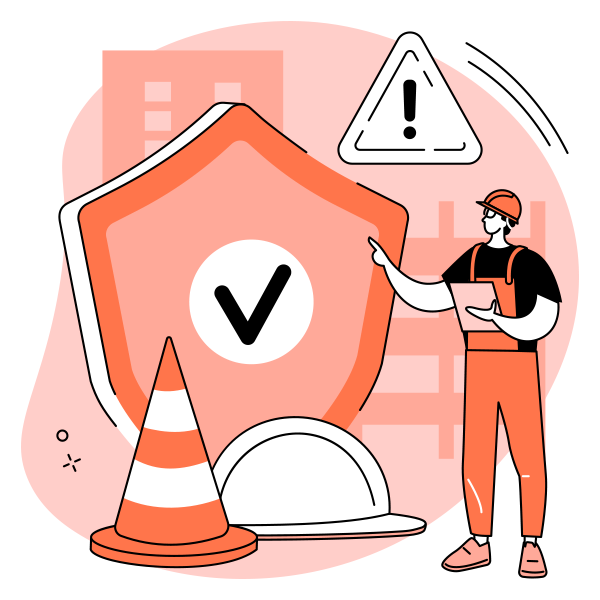Last month we reviewed the value of our 5-gas monitor. We covered when to use it and why to use it.
We also covered what it checks for when being used.
So, what do we do when we need to use the MSA Altair 5?
Crews should always make sure that they have a properly functioning 5 gas meter with them when responding to any call. We never know when that next call may come out, so it is imperative that we are always response ready for anything at all times.
That 5-gas monitor should be calibrated. Calibrations are typically done by the RM’s.
Once the crew arrives on the incident and believes that they may need the 5-gas monitor, they must find a “clean” location away from the hazard area and away from anything that may alter the monitor. Once that location is located, the crew must use fresh air to calibrate the monitor.
This could take a couple minutes.
When the meter is complete with a fresh air calibration, then you are ready to “bump test” the monitor.
Also known as a “confidence test” the bumping of the meter immediately prior to use ensures that the meter is functional and ready to go to work. This must be performed prior to every use.
 Meter is to be bump tested prior to every use.
Meter is to be bump tested prior to every use.
What you will need:
Bump gas
o 2.5% Methane
o 15% O2
o 60 PPM Carbon Monoxide
1) Wait for start up to complete, press “yes” when asked to FAS (fresh
air calibrate)
2) Allow the meter to cycle through the fresh air cycle
3) Holding the nozzle of the bump gas 10-12” from the intake of the
meter, squeeze the trigger of the gas cylinder for 3-5 seconds
4) The meter should alarm for LEL, O2 and CO
5) Allow the sensors to clear before using the meter or turning it off.
NEVER turn a meter off while it is alarming as it will damage the
sensors
6) Once the meter clears, provided the meter has alarmed properly, the
meter is ready for use

